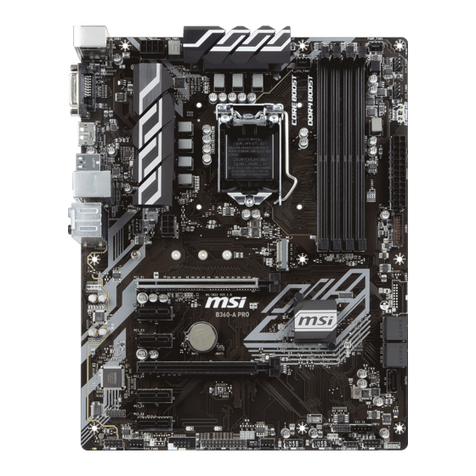MSI MS-6747 User manual
Other MSI Motherboard manuals
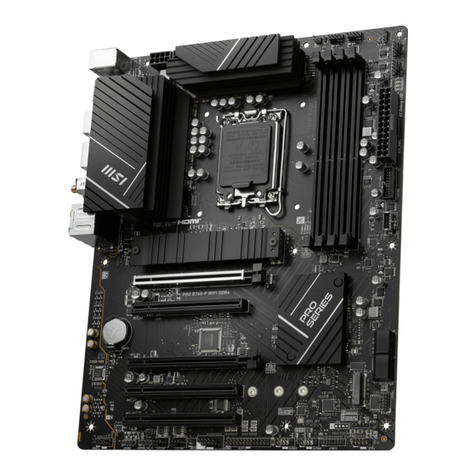
MSI
MSI PRO B760-P WIFI User manual
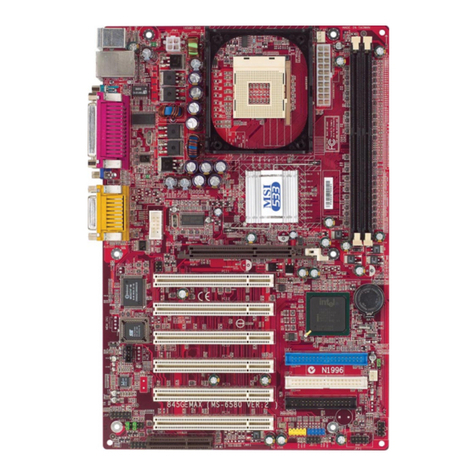
MSI
MSI MS-6580-060 - 845GE Max-L Motherboard User manual
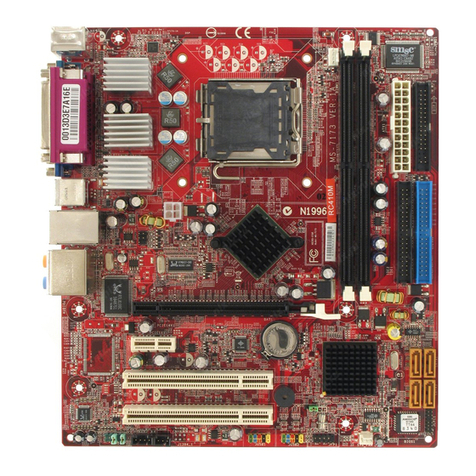
MSI
MSI MS-7173 User manual

MSI
MSI Z77A-G43 GAMING User manual

MSI
MSI IM-GM45 User manual
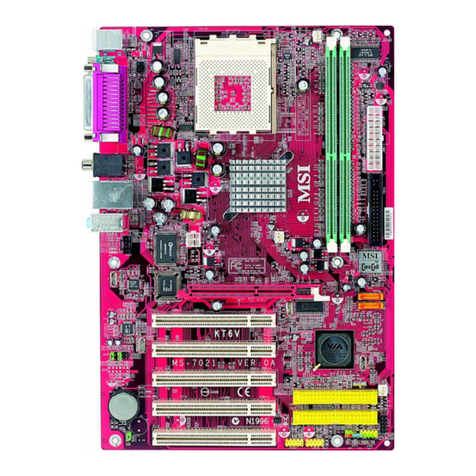
MSI
MSI MS-7021 User manual
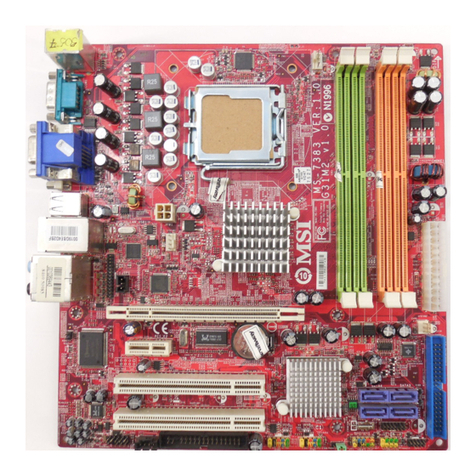
MSI
MSI G31M2 V2 User manual

MSI
MSI K9AGM4 User manual
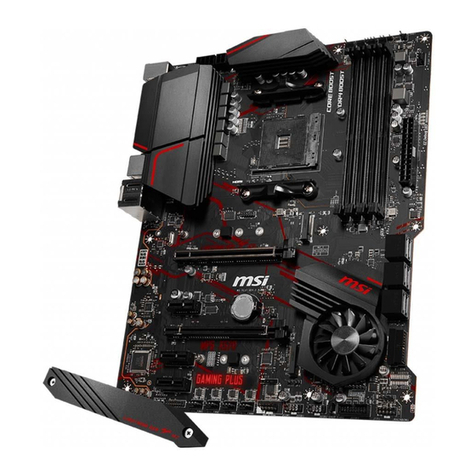
MSI
MSI MPG X570 GAMING PRO CARBONWIFI User manual
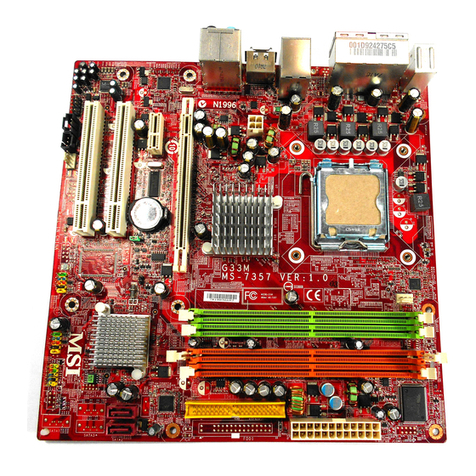
MSI
MSI MS-7357 (V1.X) User manual
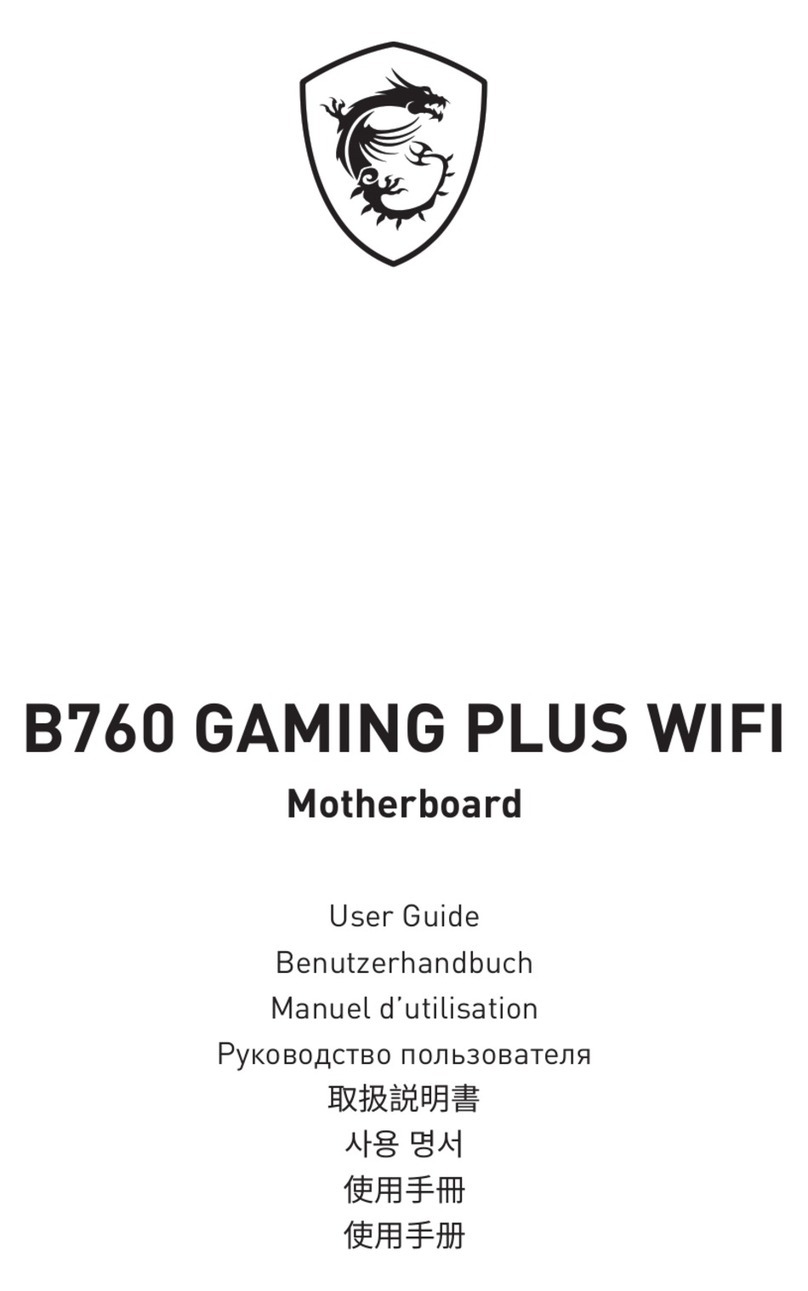
MSI
MSI B760 GAMING PLUS WIFI User manual
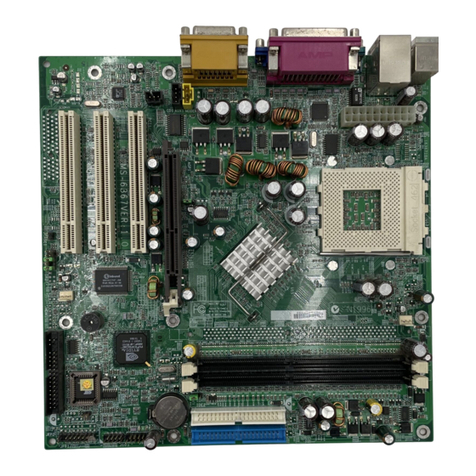
MSI
MSI MS-6367 User manual
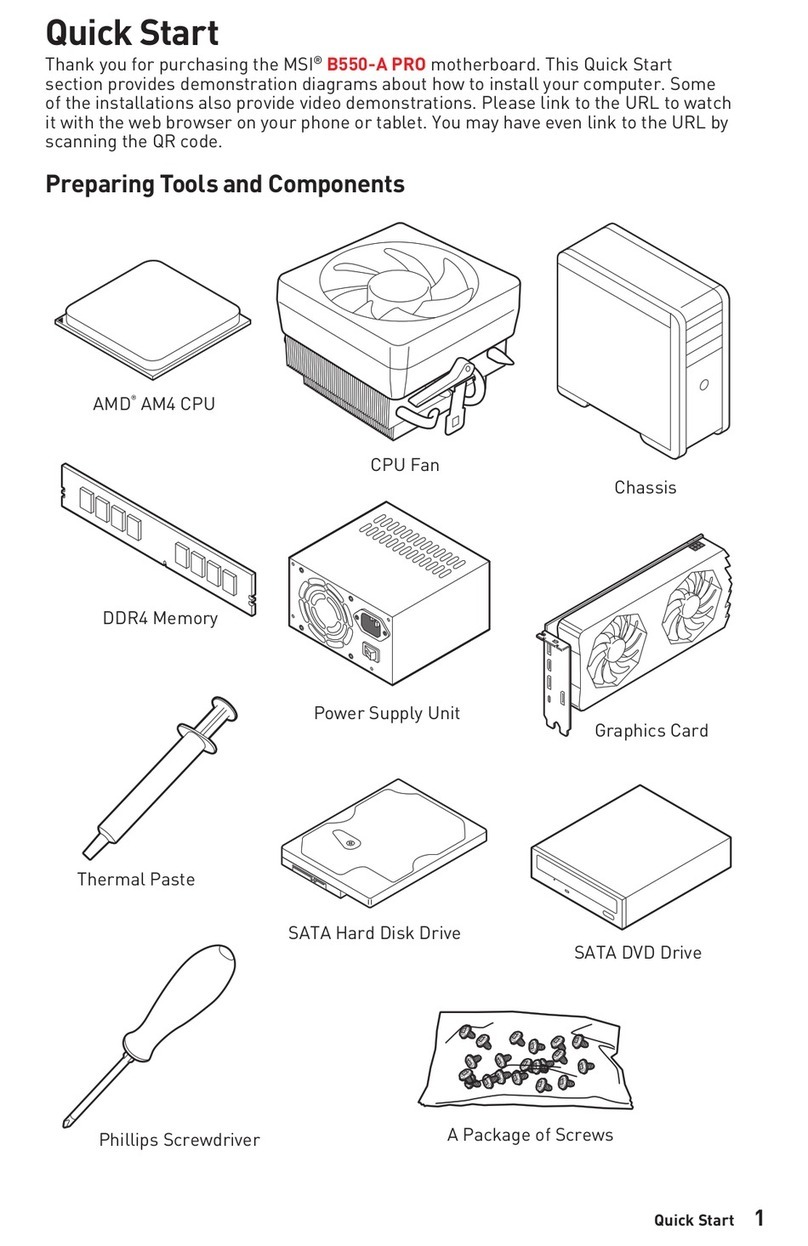
MSI
MSI 7C56-002R User manual
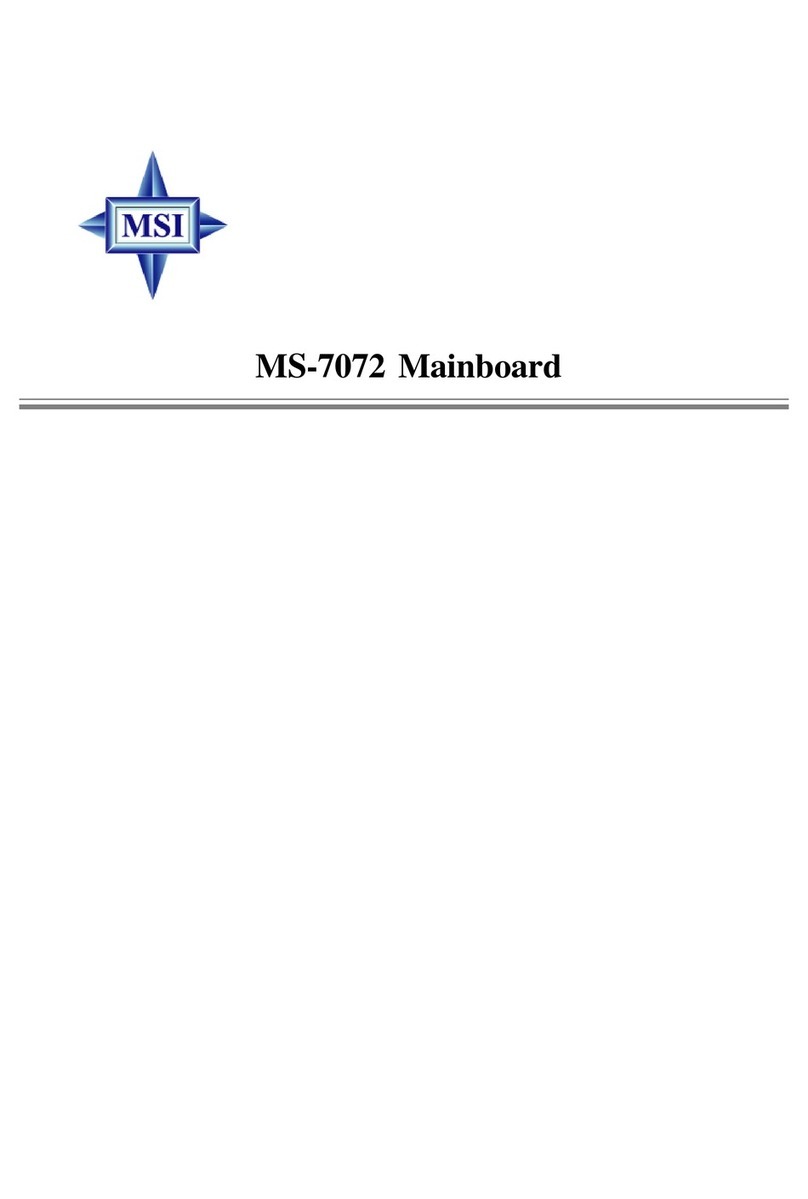
MSI
MSI MS-7072 User manual

MSI
MSI 7B54-001R User manual
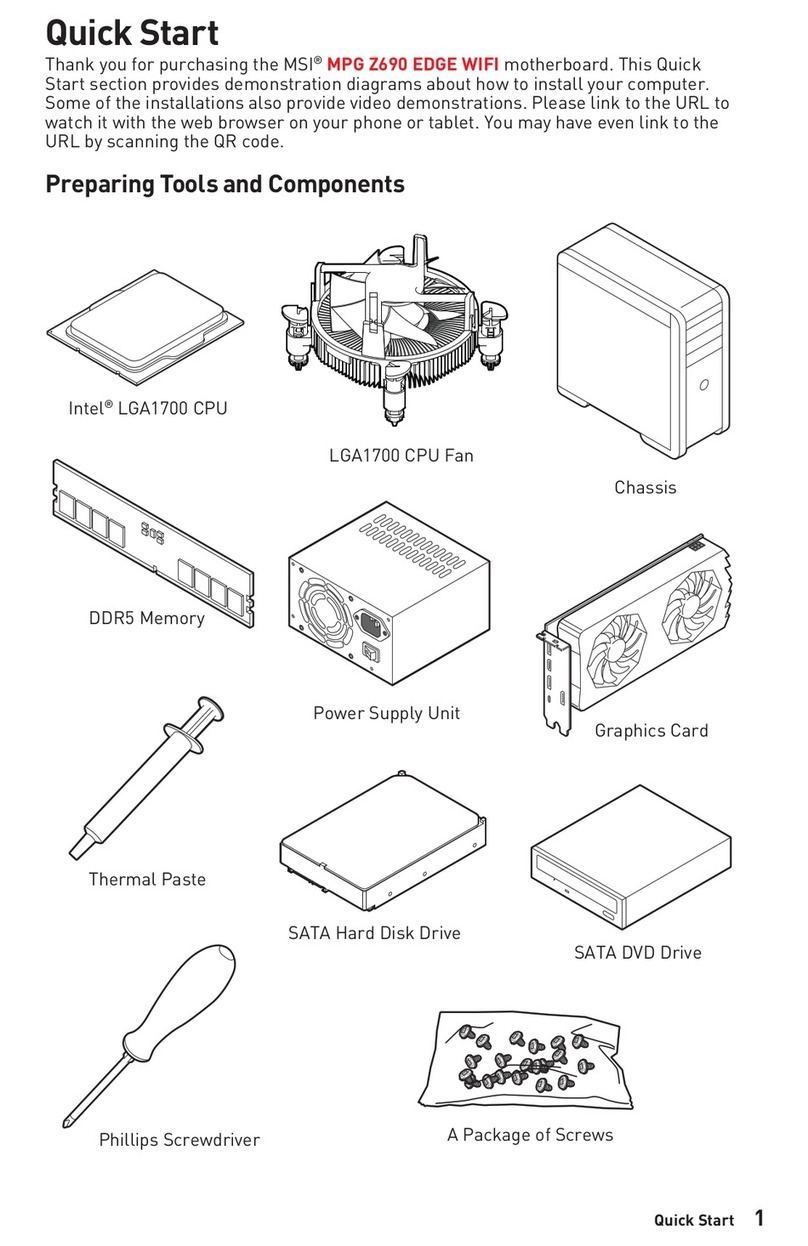
MSI
MSI MPG Z690 CARBON WIFI User manual
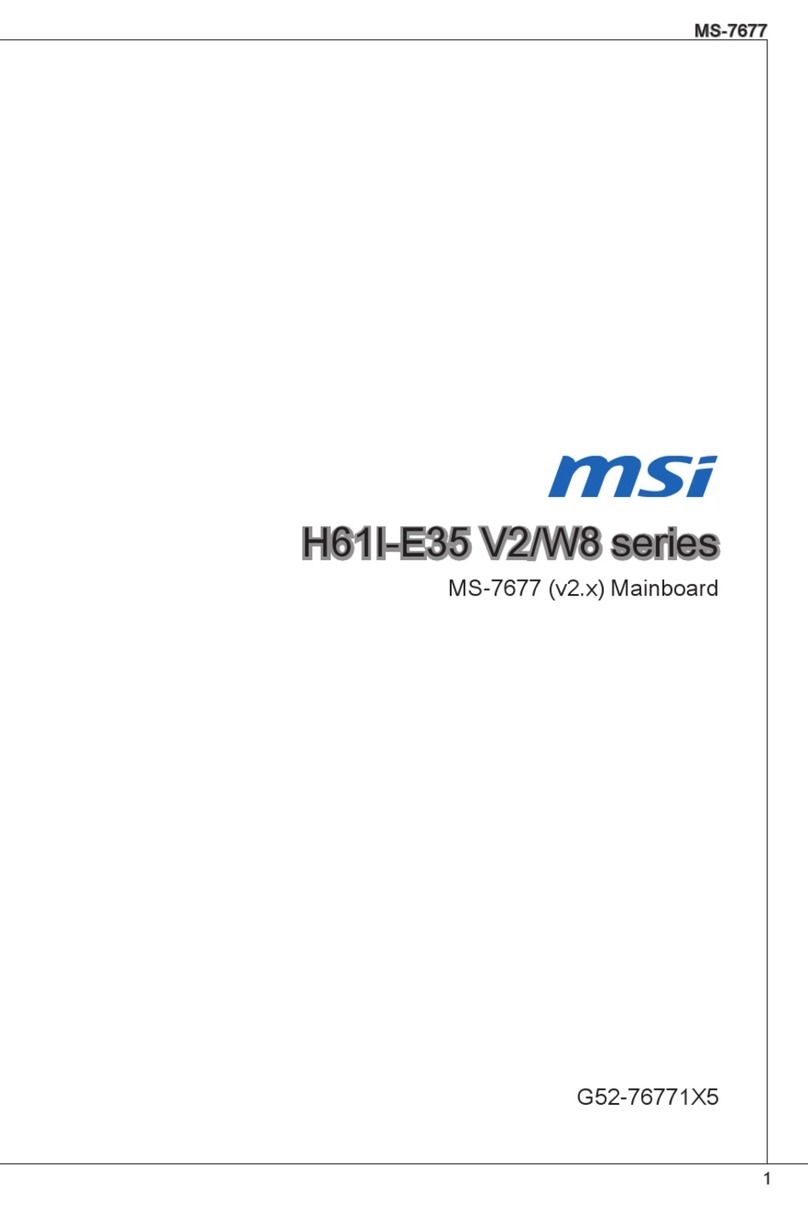
MSI
MSI H61I-E35 V2/W8 Series User manual
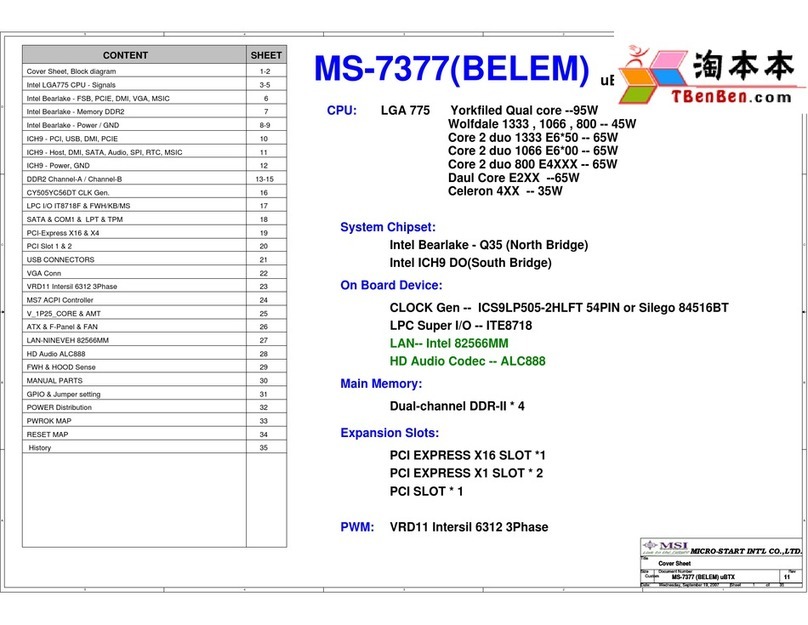
MSI
MSI ms-7377 User manual
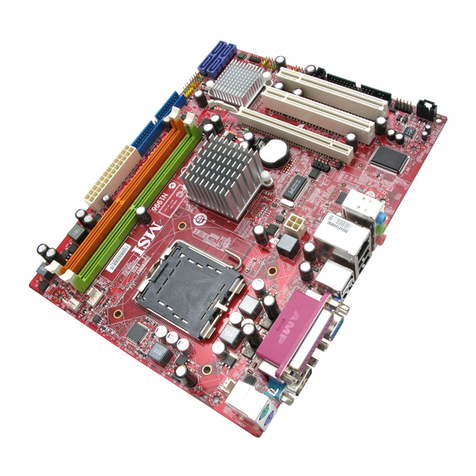
MSI
MSI G31M3-F - Motherboard - Micro ATX User manual
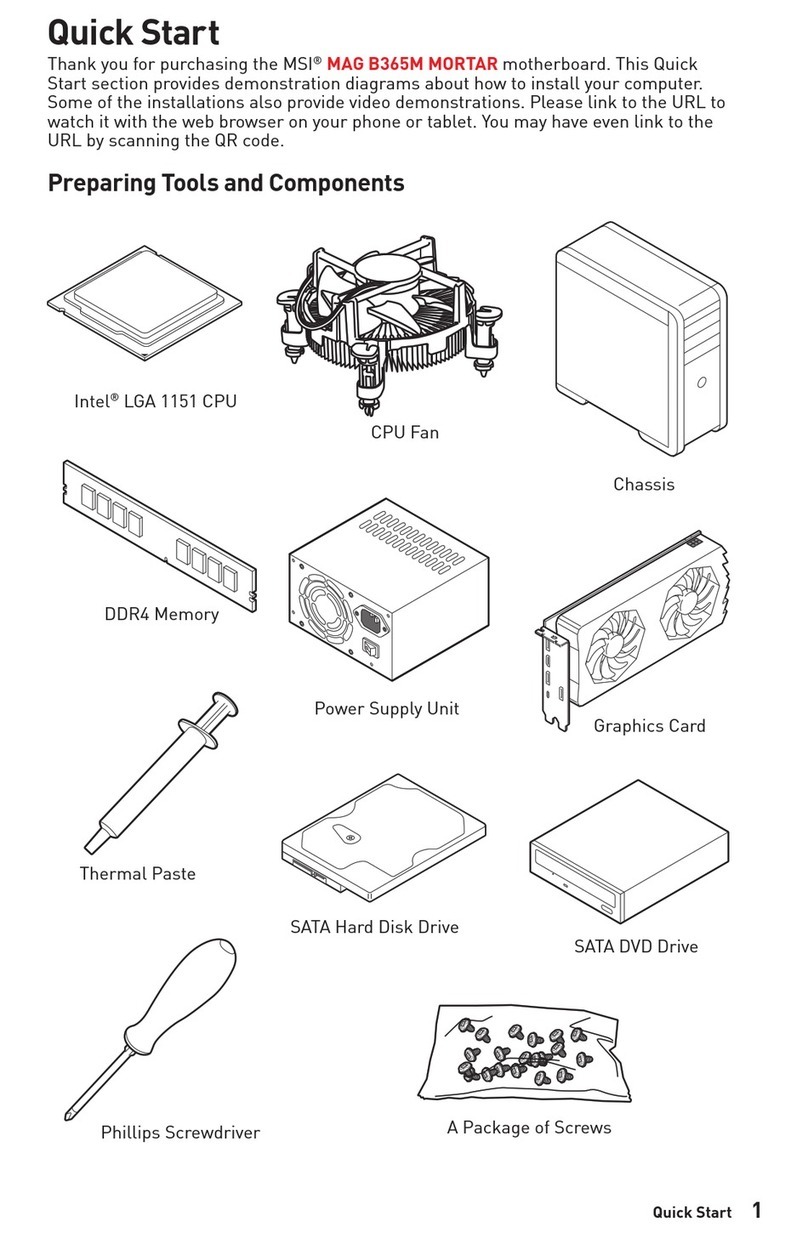
MSI
MSI 7C67-001R User manual
